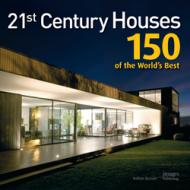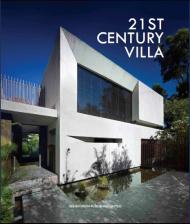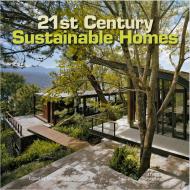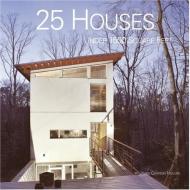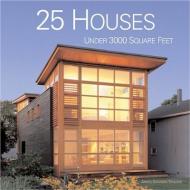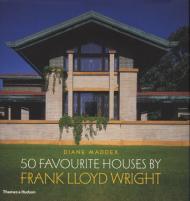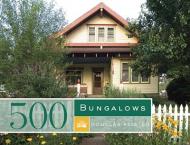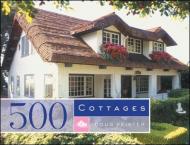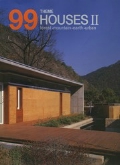21st Century Houses: 150 of the world’s best offers a bumper selection of outstanding contemporary designs in gorgeous, glossy color spreads. From modest to massive and everything between, these houses feature the latest trends in building and interior design and provide a revealing glimpse of what it’s like to live in some of the most spectacular houses in the world.
Locations include the USA, UK, India, Germany, Italy, Australia, New Zealand, Brazil, Norway, Hong Kong, Singapore, Indonesia, the Netherlands, Japan, the Bahamas, Mexico, Canada, Peru, Portugal, Switzerland, Spain, UAE, Slovenia, Argentina, South Africa, Austria, Malaysia, and more.
This book features more than 100 of the world’s most prominent architects, including US architects Swatt | Miers, Marmol Radziner, Olson Kundig Architects, LPA Inc, and Moore Ruble Yudell; European architects Jarmund Vigsnaes, Paul de Ruiter, Marc Kohler Architects, Damiliano Studio, and K-M Architects; and South American architects Marcio Kogan, Una Arquitectos, FGMF, BAK Arquitectos, and Artadi Arquitectos.
Пролистать книгу 21st Century Houses: 150 of the World's Best на Google books
